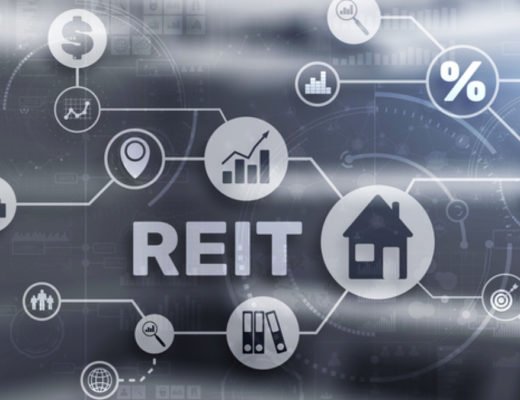Digital disruption is a way to describe changes affecting technology markets as well as other markets related to it. Some see digital disruption as the changes that happen when new business models and digital technologies affect the value proposition of current goods and services. To others, it is an effect that alters the underlying behaviors and expectations in a culture, industry, process, or market that is expressed through or caused by channels, assets, or digital capabilities.
Digital disruption keeps organizations from being competitive, and this is where the 5G lab as a service can help them.
Beating the challenges of digital disruption
To beat these challenges, an organization must answer a sequence of crucial questions:
- How can businesses quickly deliver their products or services to the market without affecting the quality?
- To achieve this, what are the required changes to utilize the productivity and speed of labs?
- How is modern orchestration of every testing resource realized?
- How to reliably lower the CapEx expenditures in testing?
- How long before you achieve the realistic ROI of applying a complex solution like that?
In this article, you will see a selection of technical viewpoints that you can consider in answering these questions for your enterprise’s system.

Knowing the new normal in test competency
The challenges that are linked to the questions asked above require ensuring that all physical and all virtual interfaces and resources are in a seamless functionality. Typically, they are using a stable and scalable vendor-agnostic automation framework to facilitate this.
This type of solution should offer robust, easy-to-use tools along with proper built-in support and interface for verifying an array of testing devices, DUTs, and SUTs. Moreover, built-in practicality of utilization report archiving, which is logging every data to the reports database, must be a part of the solution.
The importance of amplified orchestration and consolidation
While operating an individual piece of hardware in a lab is expensive, it is nothing compared to the cost of operating a whole lab infrastructure that potentially includes other physical locations, either globally or regionally.
It is important to manage and orchestrate the whole organization’s inventory of hardware to build up and test a platform and a product to be tested in its cycle. This is especially true if the organization is working with tons of hardware devices.
Every organization like this needs a system that will allow them to quickly build what they need from a development or a testing point of view. They also need it so they can do all the required work, then continue without needing someone to go to a machine and start working on cables and wires.

5G lab as a service (5G LaaS) can consolidate lab infrastructure on a global scale, and this is its key benefit. It allows an organization to span in many states, countries, and even continents. 5G LaaS allows the management to find the waste from the resources’ underutilization and lookup for good ways to consolidate its assets to make the infrastructure more functional and efficient. This will benefit the organizations with outside entities like customers and partners, or other end users.
Organizations are embracing the 5G LaaS solution’s promise of empowered productivity, cost savings, enhanced resource management, and accelerated time to market. Once they have placed the solution, long term adjustments to the solution will carry on and must be considered for in the entire planning process.




